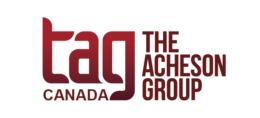
With all that is transpiring in the U.S. today, it can be easy to overlook food industry events occurring in the rest of the world. But there are some regulatory activities in Canada and Mexico of which U.S. food companies should be aware, as they can have a direct impact on your operations.
Two of those are happening just across our northern and southern borders with the compliance deadline nearing for Canada’s new nutrition labeling requirements and the U.S. signing a new Statement of Intent with Mexico that broadens the countries’ food safety partnership.
Canada Nutrition Labeling.
In a move that is just is as applicable to both U.S. manufacturers shipping to Canada as it is to those who manufacture food in Canada, Health Canada updated its 20-year-old food nutrition labeling with some significant changes to its requirements. Although the regulation was issued in 2016, its five-year grace period is coming to a close, with manufacturers having just over a year to have their labels in compliance.
And there are just enough differences between the old and new requirements – as well as between U.S. and Canadian requirements – to make it essential that you be working on your label updates well ahead of the deadline. Key areas of change are in the Nutrition Facts Table, Ingredients List, Serving Sizes, and Sugars.
- Nutrition Facts Table. Updates to the table were primarily intended to make comparison easier for consumers. In addition to changes to the serving sizes and sugars (#3 and 4, below), the changes make information easier to find and read, update the % daily values to today’s science, add potassium and remove Vitamin A and C, and require potassium, calcium and iron be listed in mg. The table is also to include a new % daily value footnote stating “5% or less is a little. 15% or more is a lot.”
- Ingredients List. In addition to the new sugars requirement (#4 below), some of the new ingredients requirements include: text must be in black on white or a neutral background with minimum type heights; bullets or commas separating ingredients, upper and lower case lettering, and listing food colors by their common names. The rules also apply to any contains statement.
- Serving Sizes. To better reflect the amounts eaten in one sitting, serving sizes are to be based on Canada’s regulated reference amounts, with different specifications for single-serve packages, multi-serve packages, foods that can be measured, foods that come in pieces or are divided.
- Sugars. Previous label requirements did not mandate the listing of sugars. The new regulation requires the listing of sugar amounts, percent of daily value, and source in the Nutrition Facts Panel, and the listing of sugars as a group, with the sources parenthesized, in the Ingredients list. The sugars as a whole, then individually, are to be listed in descending order by weight/percent of the product.
The current deadline for compliance is December 2021, but, like so many regulatory compliance dates, this could be extended because of the impacts of the pandemic.
For more information on the label changes, as well as expectations for CFIA enforcement of the Health Canada regulation, watch TAG’s FSMA Friday Webinar: New Canadian Nutrition Labelling presented by TAG’s Canada-based Vice President of Regulatory Affairs Cameron Prince
U.S.-Mexico Statement of Intent.
U.S. consumers rely on imports from Mexico for much of the fresh fruit and vegetables that they eat, as well as many other foods. As such, the recently signed Statement of Intent between FDA and its regulatory counterparts in Mexico – the Federal Commission for the Protection from Sanitary Risks (COFEPRIS) and the National Service of Agro-Alimentary Health, Safety and Quality (SENASICA) – sets out parameters of a partnership by which the two countries will work together on food safety in both.
In 2014, the countries signed a partnership focused on produce safety. This new statement of intent “broadens and strengthens the scope of their existing partnership to include the safety of all human food regulated by the FDA.” The partnership focuses on areas of mutual interest related to human food safety, such as prevention (e.g., Salmonella in papaya and Cyclospora in other produce), outbreak response, regulatory laboratory collaboration (e.g., whole-genome sequencing [WGS] of foodborne bacteria, viruses, and other pathogens), and outreach/training opportunities for industry (e.g., Produce Safety and Preventive Controls for Human Foods).
Of particular interest in the statement is the focus on technology, with the partners agreeing to “work collaboratively to use new and emerging technologies to strengthen the Participants’ respective technical and predictive capabilities, accelerate the implementation of preventive and surveillance measures, and enhance each Participant’s response to foodborne illness outbreaks”… and to “include the use of modern, smarter technology and science-based preventive practices and verification measures, based on the technological capabilities of each country.”
We have seen that FDA has been increasing its focus on technology in many of its recent undertakings, including the newly proposed Traceability Rule and its New Era of Smarter Food Safety, which is continuing to evolve. As such, it’s not surprising that this international partnership includes a technological bent, but provides a further acknowledgment that it is an area that the agency is seeking to improve – which means it is an area that all facilities in the industry should be seeking to improve as well.

